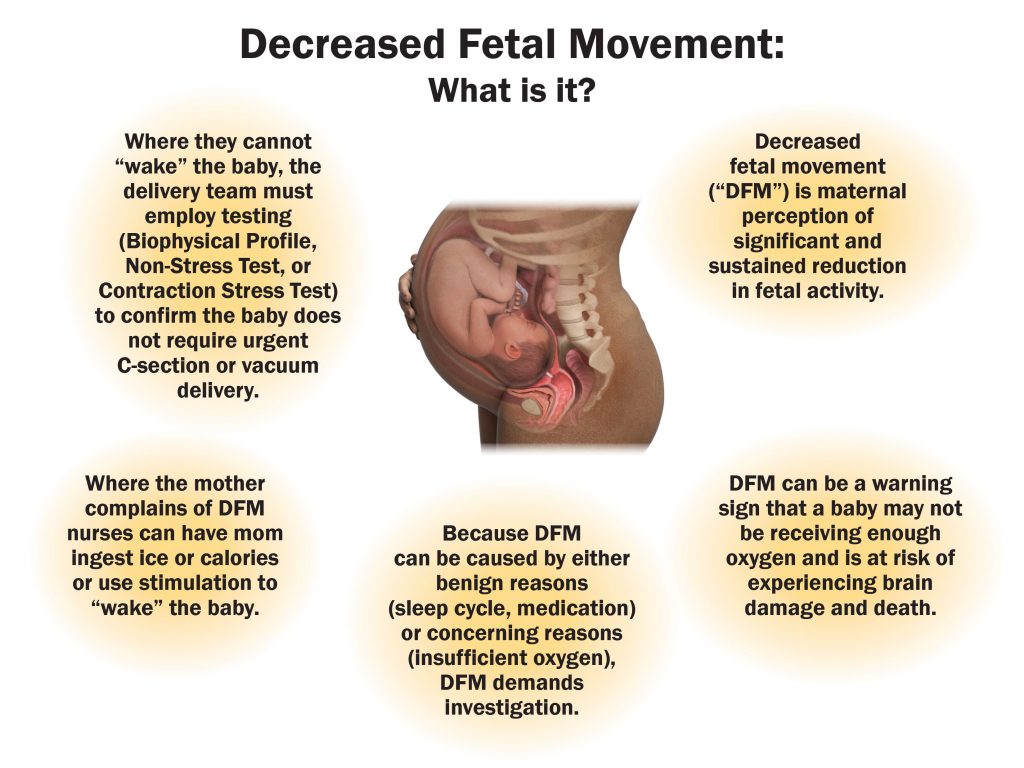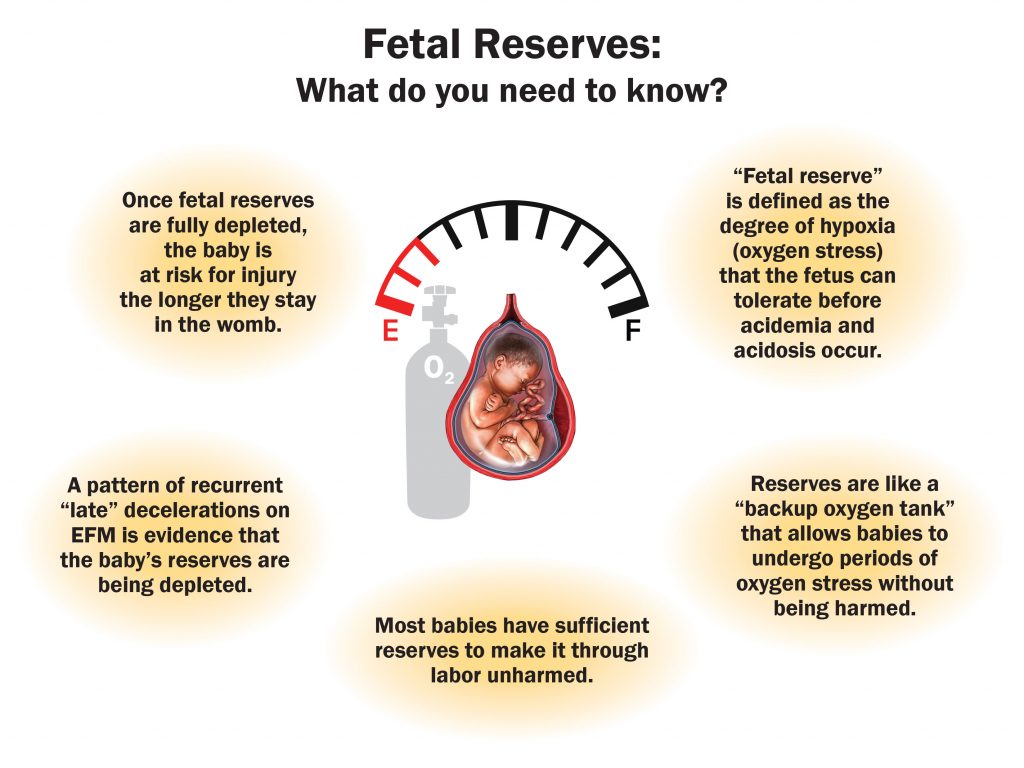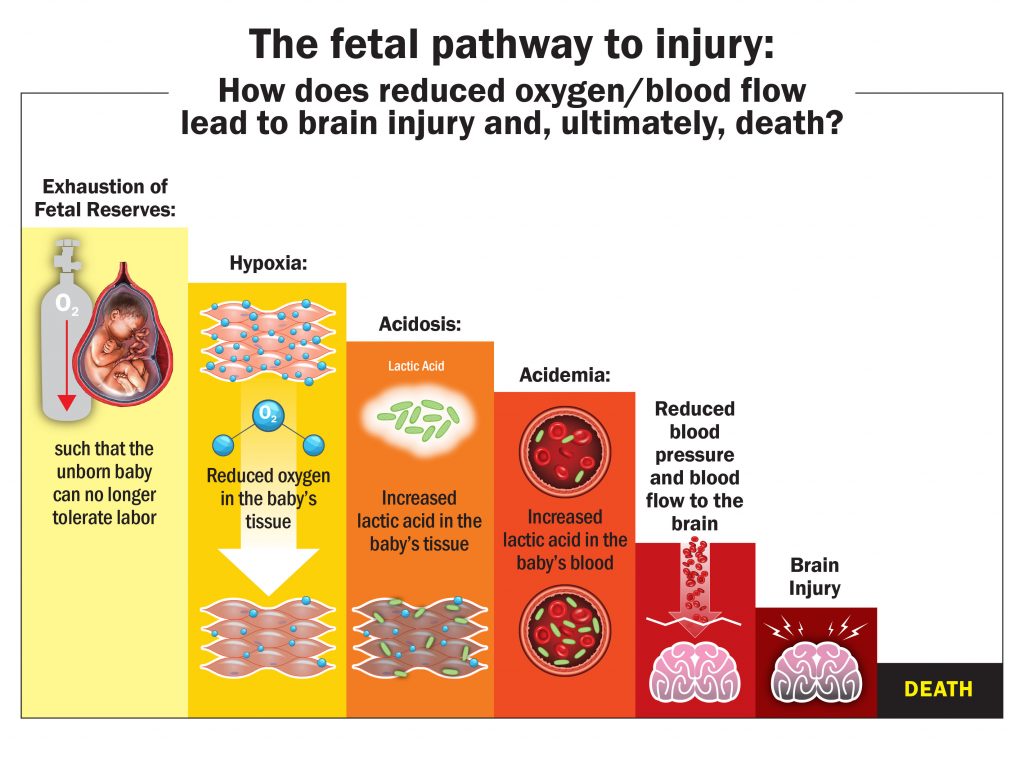Typically, when we discuss traumatic brain injuries on this website, we do so in the context of automobile accidents, falls, and the like. However, an article posted on Outside Magazine‘s website makes a revelation that, while initially startling, is not all that surprising upon second look. Traumatic brain injuries are on the rise these days, but not because more people are being hit by cars or getting into car accidents–rather, traumatic brain injuries are increasing dramatically because, as Marc Peruzzi writes in his article, “our behavior has changed.”
In the article, titled “After the Crash: A Closer Look at the Rising Incidence of Brain Injury,” Peruzzi observes that “the rewards of risk are fueling a catastrophic increase in TBIs.” According to Peruzzi, automobile accidents and falls make up over 50 percent of the 1.7 million traumatic brain injuries that occur annually. He also observes that in recent years, however, war and football have been more carefully and publicly studied as causes, noting that retired NFL players were able to recover a $765 million settlement from the league after suing for the head injuries they had sustained throughout their careers.
But these injuries are not limited just to football. The Centers for Disease Control and Prevention (CDC) attributes approximately 1.6 million to 3.8 million concussions a year to sports-related injuries. And the deaths that occur in sports are also largely associated with traumatic head injuries. But perhaps the most shocking fact about sports-related traumatic brain injuries is that they have risen dramatically, almost twofold, in the last few years. For instance, Peruzzi notes that in 2004, 9,308 skiers and snowboarders suffered head injuries that led them to see a doctor; in 2010, that number had grown to 14,947. And all this while helmet use among skiers and snowboarders has gone up 20 percent. So where are these injuries coming from?
As Peruzzi so aptly states, “it’s not that helmets have gotten worse or gravity more powerful.” Rather, it is that “we’re playing at a more intense level” outside. With an increased fascination with extreme sports, the jumps have become higher and the halfpipes have become bigger. Peruzzi compares halfpipes in the 1980s, which were only four feet high; in the 1990s, they grew up to eighteen feet high. In 2010, the halfpipe established by the International Olympic Committee had grown to a staggering 22 feet. And overall, we have become more obsessed with faster, harder, and more extreme: “Directly or indirectly,” Peruzzi says,” everything from advances in gear to bigger jumps in snow and dirt has been in the service of velocity and hang time.”
But, Peruzzi notes, the market is changing with the times, and protective gear is being designed to withstand more speed and pressure. And in terms of personal measures, active sportsmen are also making a change by biking and skiing more safely and withholding themselves from too demanding or extreme courses.
Tyrone Law Firm represents clients who have suffered from traumatic brain injuries and other serious injuries through no fault of their own. If you are seeking legal representation to aid you in dealing with a traumatic brain injury or other serious injuries, please contact the firm to discuss your situation and see what it can do for you.
Additional Resources
- “After the Crash: A Closer Look at the Rising Incidence of Brain Injury,” Marc Peruzzi, Outside Magazine December 2013




 Hayley serves as a Labor and Delivery Nurse Consultant for the Tyrone Law Firm. She attended and graduated Cum Laude from the University of Georgia in 2004 with a Bachelor of Arts degree in Journalism/Public Relations. After graduation she moved to the gulf coast where she pursued a career in real estate and development.
Hayley serves as a Labor and Delivery Nurse Consultant for the Tyrone Law Firm. She attended and graduated Cum Laude from the University of Georgia in 2004 with a Bachelor of Arts degree in Journalism/Public Relations. After graduation she moved to the gulf coast where she pursued a career in real estate and development.















